CINNABAR
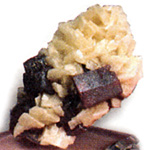 Characteristics of the mineral.
Characteristics of the mineral.
Cinnabar is a mercury sulphide of bright red HgS, the only ore mineral of this volatile "liquid metal". Separate cinnabar crystals are rarely found, usually found in the form of scattered inclusions of red or crimson. These minerals in the form of crystals can be confused with other similar red crystals and minerals, but the cinnabar is soft (hardness 2). This is a mineral that is dangerous for a private collection and should not be stored at home (especially if there are children or pets near the stove, batteries, incandescent lamps, heating appliances).
On the basis of this mineral they produce the same bright red paint, which was known to mankind already many tens of centuries ago. For example, on the territory of modern Turkey cinnabar was used already in the eighth millennium BC. It was known to the Phoenicians, Etruscans and ancient Egyptians. In the IV century. BC. E. In Ephesus worked workshops for the production of cinnabar paint. In the times of Ancient Rus it was used in icon painting. About the cinnabar mention Pliny the Elder (1st century AD).
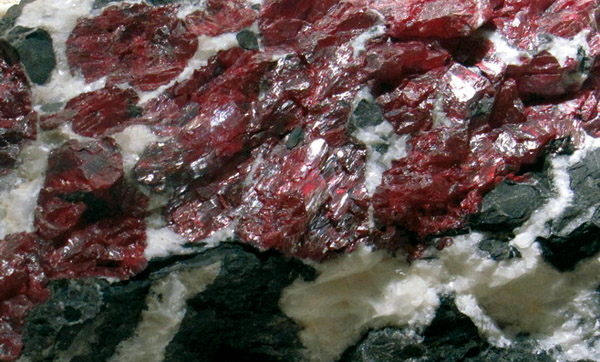
Cinnabar. Khaidarkan, Kyrgyzstan (Central Asia), the CIS. Photo: © А.А. Evseev.

Cinnabar in marble. Suhor city, Aktash, Horn. Altai, Russia, the CIS. Photo: © А.А. Evseev.
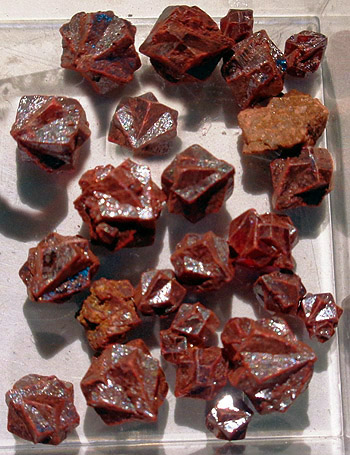
Cinnabar (twinned crystals of 6-7 mm).
Nikitovskoye deposit, Donbass, the CIS. Photo: © А.А. Evseev.
The world's largest mercury deposit and cinnabar is in Spain, it was developed during the Roman Empire. The second largest - in the territory of modern Italy. In the US, the leading supplier of cinnabar is California.
Magic properties of stones.
 Cinnabar was known in ancient Egypt as early as 3 thousand BC. E. The paint prepared on its basis was often used for ritual purposes. Often small vessels, filled with mercury or cinnabar, served as amulets (but nothing but damage to health, such products clearly did not bring). In other cultures of the world, cinnabar played a similar role. During the XI-XIV centuries. In the Slavonic manuscripts of Russian monasteries, capital letters were written with the help of cinnabar.
Cinnabar was known in ancient Egypt as early as 3 thousand BC. E. The paint prepared on its basis was often used for ritual purposes. Often small vessels, filled with mercury or cinnabar, served as amulets (but nothing but damage to health, such products clearly did not bring). In other cultures of the world, cinnabar played a similar role. During the XI-XIV centuries. In the Slavonic manuscripts of Russian monasteries, capital letters were written with the help of cinnabar.
Data on the healing properties of cinnabar are contradictory. Already in 4-3 thousand BC. E. In China, mercury compounds were used to treat leprosy. In the Arab medical treatises of the IX-XI centuries. Cinnabar is also mentioned as a true remedy for the treatment of skin diseases. This tradition has survived until our days. Suffice it to recall that at the beginning of the 20th century. Ointments based on mercury were treated with syphilis.
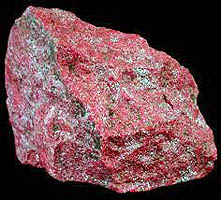 On the other hand, the Taoist monks, who sought the elixir of longevity and immortality, often used cinnabar in microscopic doses to prepare their potions. At the same time, light symptoms of poisoning with such "medicines" - shivers, chills - were taken as indicators of the effectiveness of this with the permission to say "elixir" (sex, longevity, immortality, search for eternal life, etc.).
On the other hand, the Taoist monks, who sought the elixir of longevity and immortality, often used cinnabar in microscopic doses to prepare their potions. At the same time, light symptoms of poisoning with such "medicines" - shivers, chills - were taken as indicators of the effectiveness of this with the permission to say "elixir" (sex, longevity, immortality, search for eternal life, etc.).
Such drugs often led to death. In the IX century. Their victims consistently became several Chinese emperors, who were addicted to Taoism. The solution to this contradiction is that both mercury compounds and mercury itself are poisons. It was well known to Avicenna. With external application in small doses, such substances are capable of killing various microorganisms, many of which cause skin ulceration. If taken internally, they will lead to severe poisoning of the body.
When heated to a temperature above 580 ° C, the cinnabar melts, releasing silver droplets (balls) of mercury. The mineral is easily scratched by the knife blade; Very heavy, brittle, with perfect cleavage.

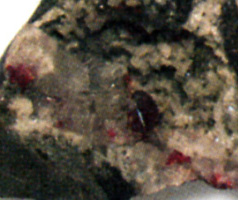
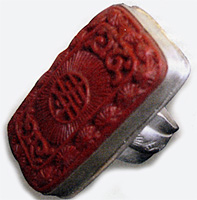


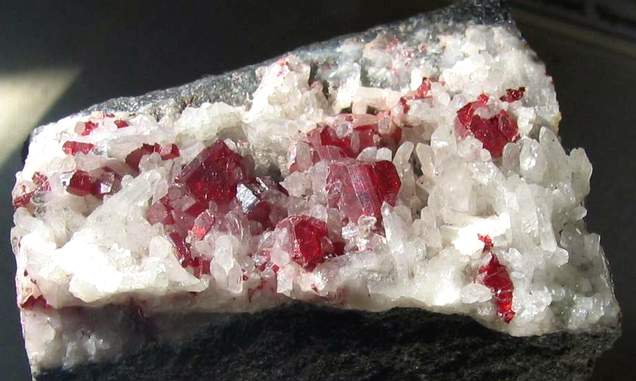
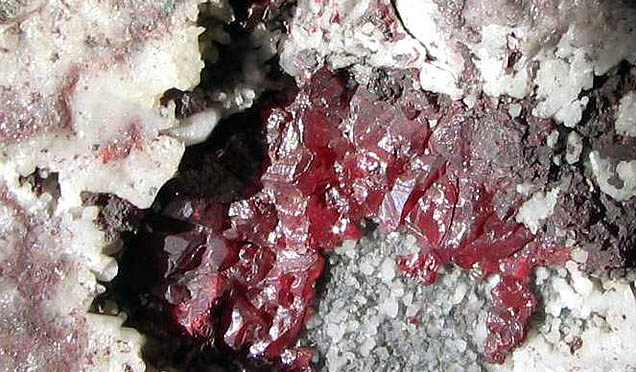
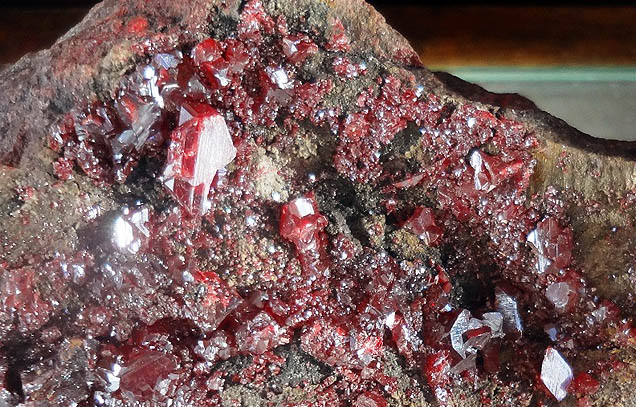
Poisonous and radioactive dangerous stones and minerals
** - poisonous stones and minerals (mandatory check in the chemical laboratory + explicit indication of toxicity).
** - radioactive stones and minerals (mandatory check on the standard dosimeter + ban on open sales in the case of radioactivity over 24 milli / g / h + additional measures of population protection).
All rare stones are subject to mandatory inspection at the standard dosimeter for the permissible level of radiation and in the chemical laboratory for the absence of poisonous and evaporating components that are dangerous to humans and the environment.


Comments
When commenting on, remember that the content and tone of your message can hurt the feelings of real people, show respect and tolerance to your interlocutors even if you do not share their opinion, your behavior in the conditions of freedom of expression and anonymity provided by the Internet, changes Not only virtual, but also the real world. All comments are hidden from the index, spam is monitored.